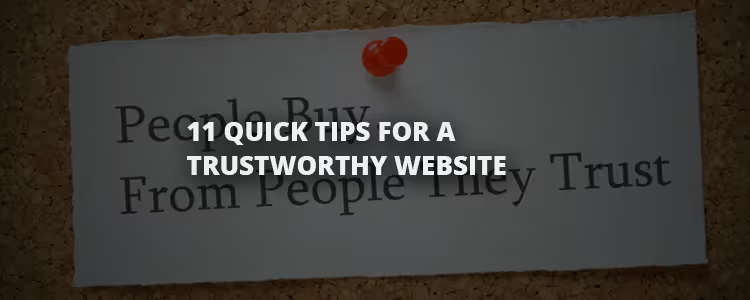11 quick tips for a trustworthy website

Do you know what will be the final deciding factor in any transaction on a website? Trust. If the visitor doesn’t trust your brand or site, he won’t buy nor convert—even if you have what he/she was looking for. Thankfully, there are a number of actions to ensure you have a credible, trustworthy website. Before we jump in the list of said actions, let’s take a look at the 4 types of credibility, as spelled out by BJ Fogg, Ph.D, psychology professor at Standford:
- Earned: what your visitors experienced themselves
- Presumed: what they heard about you, assumptions
- Reputed: what someone told them about you (or referenced)
- Surface: their first impression, outlook




